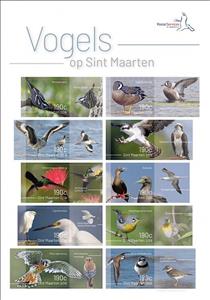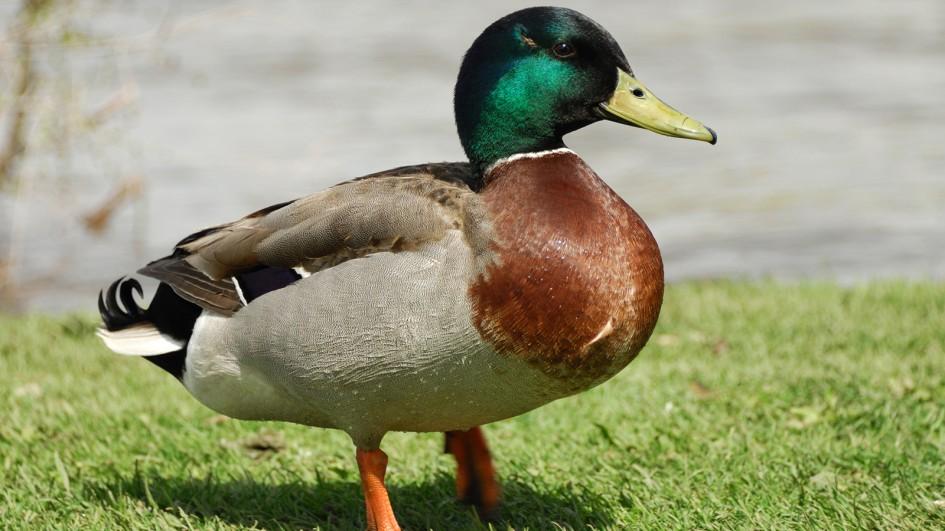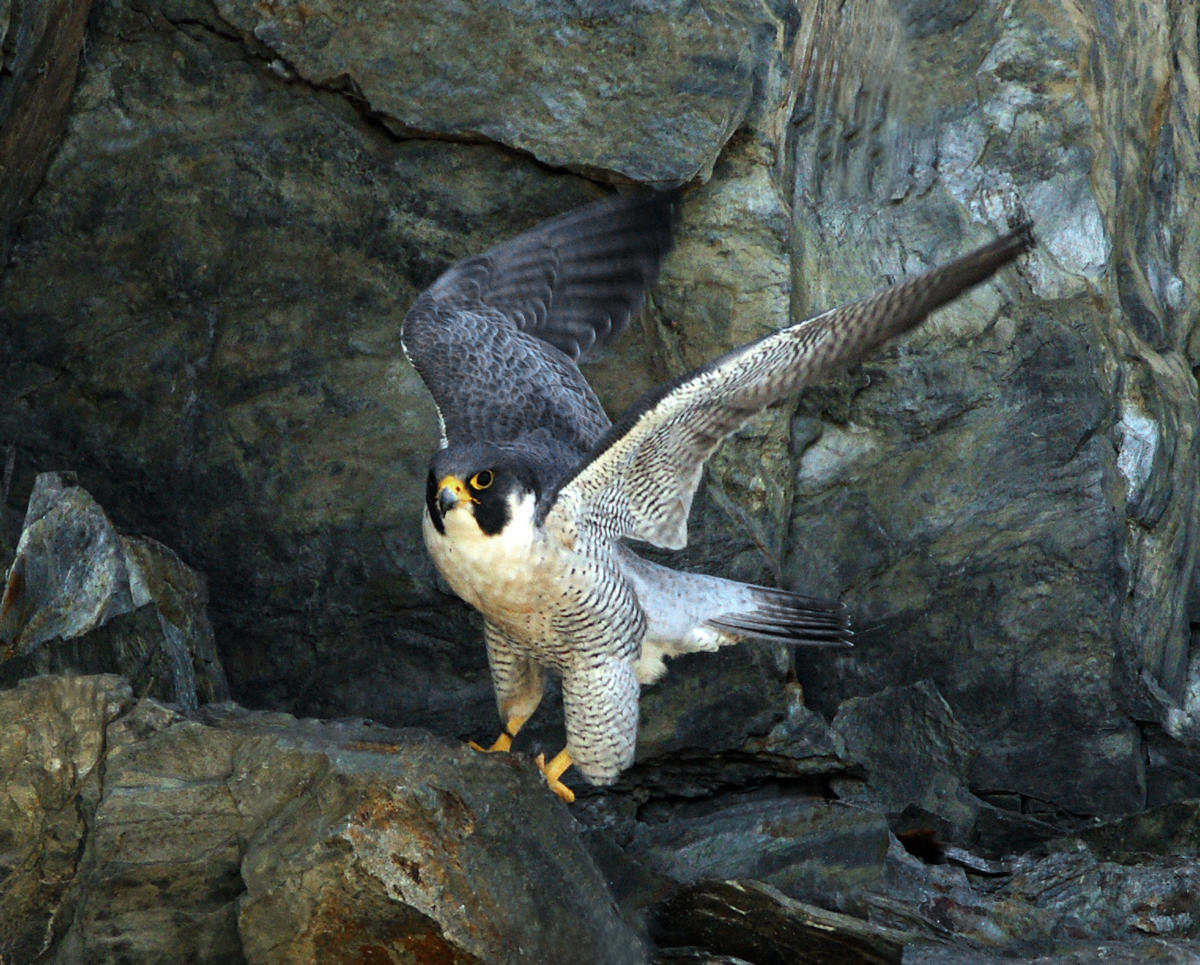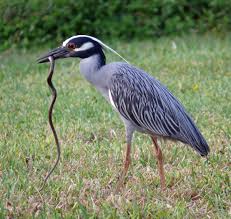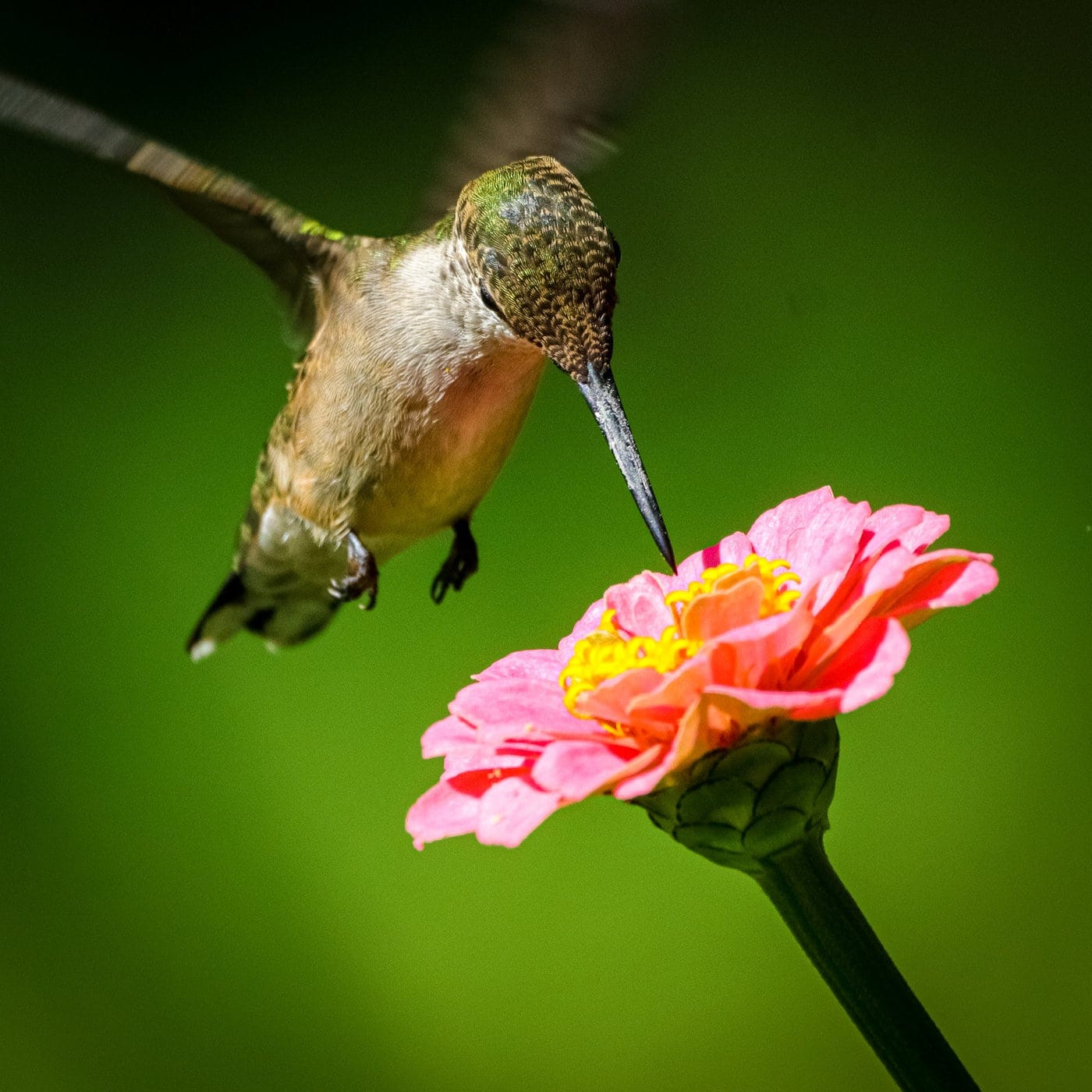Mini Sheet: Birds of Sint Maarten (Sint Maarten 2019)
Birds of Sint Maarten (Sint Maarten 2019)
24 June (Sint Maarten ) within release Birds of Sint Maarten (2019) goes into circulation Mini Sheet Birds of Sint Maarten face value 10*190 Netherlands Antillean cent
| Mini Sheet Birds of Sint Maarten in catalogues | |
|---|---|
| Colnect codes: | Col: SX 2019-03 |
Mini Sheet is square format.
Panes of 10 stamps and ten attached labels giving the name of the bird species in English (names on stamps themselves in Latin)Also in the issue Birds of Sint Maarten (2019):
- Stamp - Birds of Sint Maarten face value 190;
- Stamp - Birds of Sint Maarten face value 190;
- Stamp - Birds of Sint Maarten face value 190;
- Stamp - Birds of Sint Maarten face value 190;
- Stamp - Birds of Sint Maarten face value 190;
- Stamp - Birds of Sint Maarten face value 190;
- Stamp - Birds of Sint Maarten face value 190;
- Stamp - Birds of Sint Maarten face value 190;
- Mini Sheet - Birds of Sint Maarten face value 10*190;
- Stamp - Birds of Sint Maarten face value 190;
- Stamp - Birds of Sint Maarten face value 190;
Mini Sheet Birds of Sint Maarten it reflects the thematic directions:
Animals are multicellular, eukaryotic organisms of the kingdom Animalia (also called Metazoa). All animals are motile, meaning they can move spontaneously and independently, at some point in their lives. Their body plan eventually becomes fixed as they develop, although some undergo a process of metamorphosis later on in their lives. All animals are heterotrophs: they must ingest other organisms or their products for sustenance.
Birds (Aves), a subgroup of Reptiles, are the last living examples of Dinosaurs. They are a group of endothermic vertebrates, characterised by feathers, toothless beaked jaws, the laying of hard-shelled eggs, a high metabolic rate, a four-chambered heart, and a strong yet lightweight skeleton. Birds live worldwide and range in size from the 5 cm (2 in) bee hummingbird to the 2.75 m (9 ft) ostrich. They rank as the class of tetrapods with the most living species, at approximately ten thousand, with more than half of these being passerines, sometimes known as perching birds. Birds are the closest living relatives of crocodilians.
Birds of prey or predatory birds, also known as raptors, are hypercarnivorous bird species that actively hunt and feed on other vertebrates (mainly mammals, reptiles and smaller birds). In addition to speed and strength, these predators have keen eyesight for detecting prey from a distance or during flight, strong feet with sharp talons for grasping or killing prey, and powerful, curved beaks for tearing off flesh. Although predatory birds primarily hunt live prey, many species (such as fish eagles, vultures and condors) also scavenge and eat carrion
Duck is the common name for numerous species of waterfowl in the family Anatidae. Ducks are generally smaller and shorter-necked than swans and geese, which are members of the same family. Divided among several subfamilies, they are a form taxon; they do not represent a monophyletic group (the group of all descendants of a single common ancestral species), since swans and geese are not considered ducks. Ducks are mostly aquatic birds, and may be found in both fresh water and sea wate
Adult falcons have thin, tapered wings, which enable them to fly at high speed and change direction rapidly. Fledgling falcons, in their first year of flying, have longer flight feathers, which make their configuration more like that of a general-purpose bird such as a broad wing. This makes flying easier while learning the exceptional skills required to be effective hunters as adults.
Herons are long-legged, long-necked, freshwater and coastal birds in the family Ardeidae, with 72 recognised species, some of which are referred to as egrets or bitterns rather than herons. Members of the genera Botaurus and Ixobrychus are referred to as bitterns, and, together with the zigzag heron, or zigzag bittern, in the monotypic genus Zebrilus, form a monophyletic group within the Ardeidae. Egrets do not form a biologically distinct group from herons, and tend to be named differently because they are mainly white or have decorative plumes in breeding plumage. Herons, by evolutionary adaptation, have long beaks.
Hummingbirds are birds native to the Americas and comprise the biological family Trochilidae. With approximately 366 species and 113 genera, they occur from Alaska to Tierra del Fuego, but most species are found in Central and South America. As of 2024, 21 hummingbird species are listed as endangered or critically endangered, with numerous species declining in population
